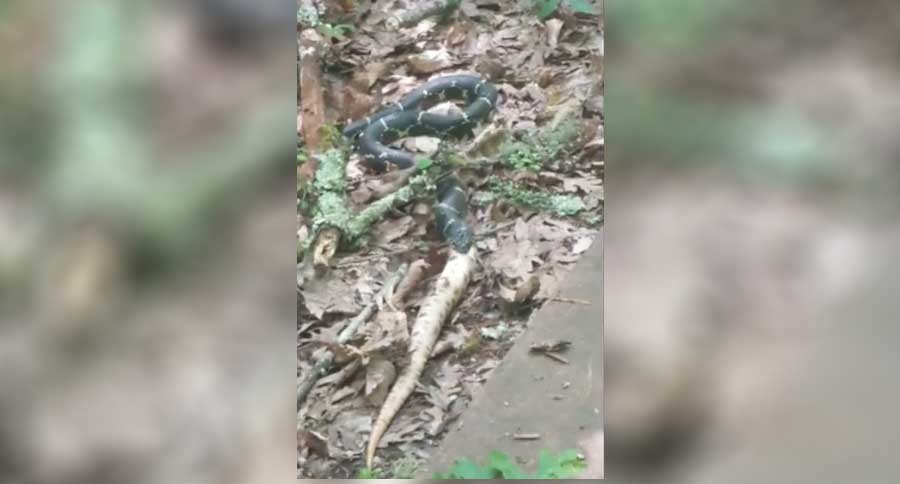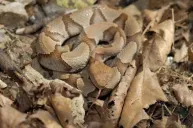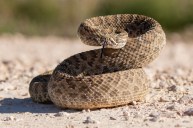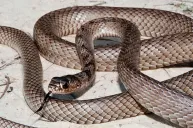Here's why some would say you should never kill a kingsnake.
One of South Carolina's most interesting and revered reptiles is the eastern kingsnake. These constricting snakes are as beautiful to see and find as they are deadly to other dangerous snakes, such as the copperhead.
Being that the kingsnake is immune to the venom of other poisonous snakes they're likely to encounter, they can and will use them for their own nutrition. Now that the South Carolina State Parks Facebook page has shared this exclusive video, you can see it for yourselves.
This just goes to show that not all snakes are to be feared. In fact, most of these slithering reptiles have a place in nature, just like you and I. We understand that not all people care for snakes, but the truth is that some are more beneficial than others.
Ranger Dawn Watson Weaver, who apparently took the video, said, "They wrestle a bit, and the king snake does get bitten. The constriction process usually takes hours until the copperhead is dead. I arrived on the scene before the king snake started to actually eat the copperhead."
Kingsnakes are noted for their fairly bright yellow rings that surround their shiny black bodies. They are found from Georgia and South Carolina all the way to New Jersey, inhabiting hardwoods and pine forests as well as swampy areas and even tidal wetlands.
According to the Savannah River Ecology Laboratory, "They are strong constrictors and consume a variety of prey including snakes, lizards, rodents, birds, and especially turtle eggs. Kingsnakes are resistant to the venom of pit-vipers and they readily eat copperheads, cottonmouths, and rattlesnakes."
Obviously any snake that will eat copperheads, cottonmouths, and rattlesnakes is deserving of our respect and admiration!
Looking for a little more? Follow my webpage, or on Facebook and Twitter.
NEXT: FLASHBACK TO THE 32-INCH MASSIVE COPPERHEAD FOUND IN GEORGIA
WATCH




